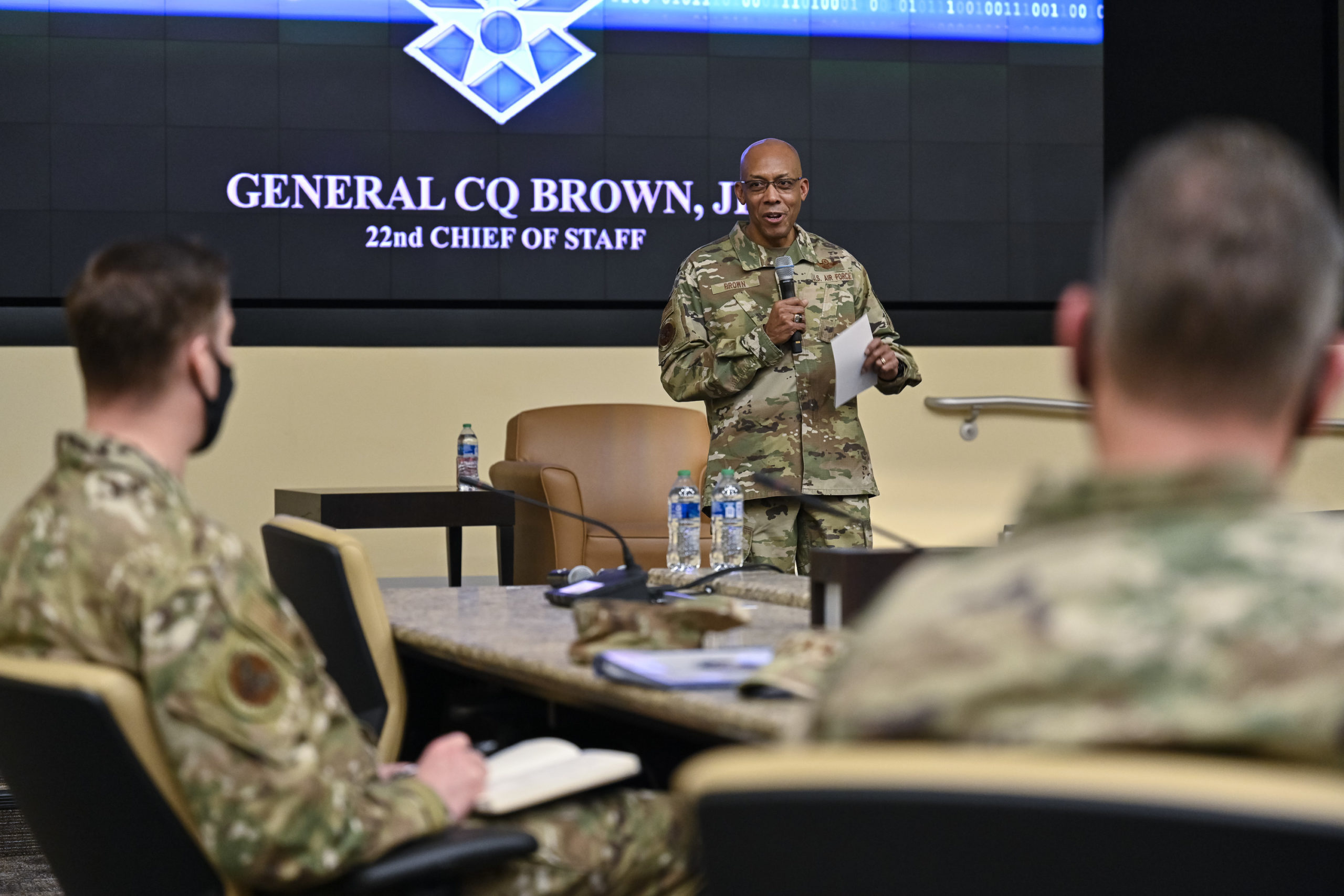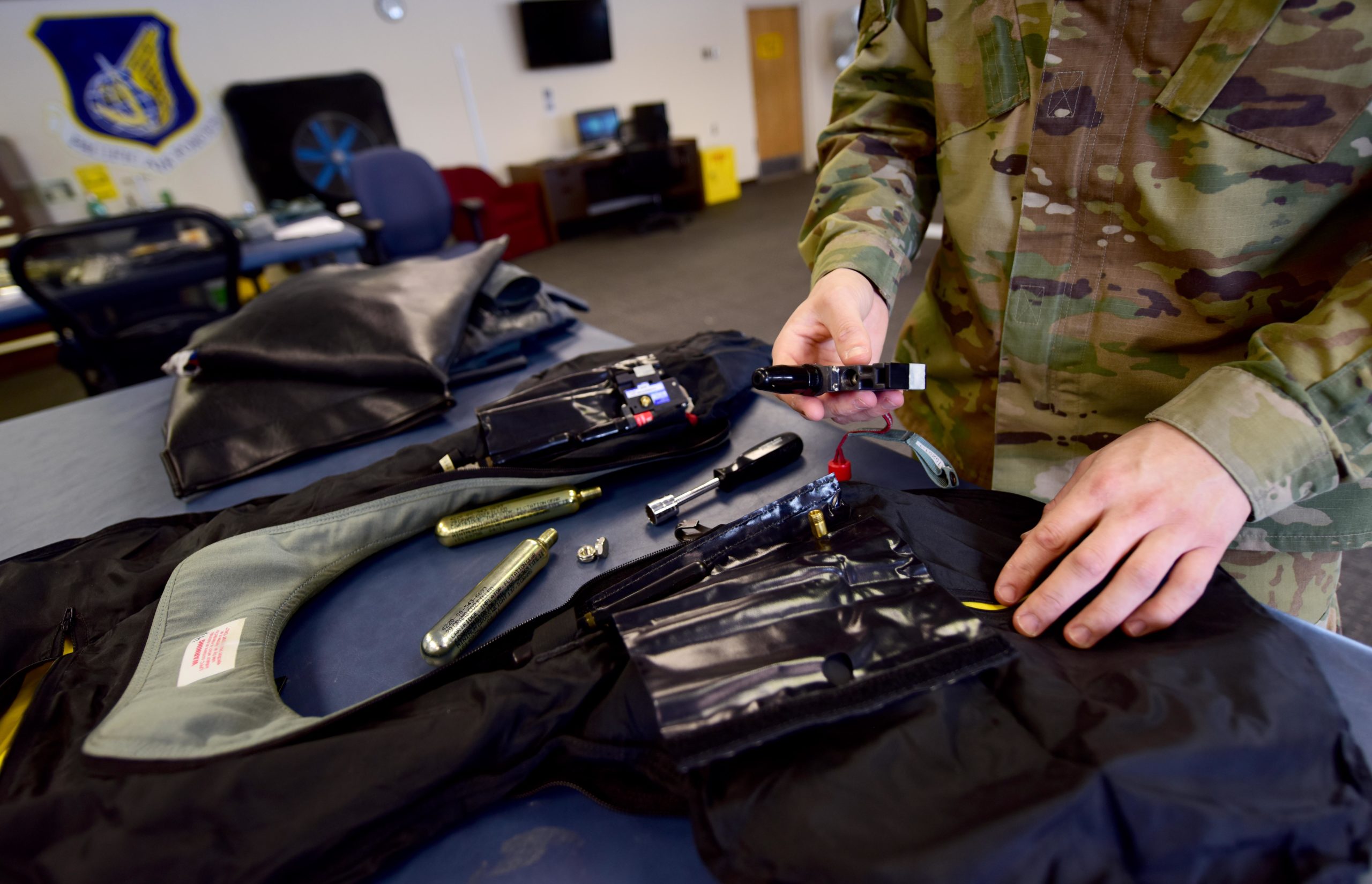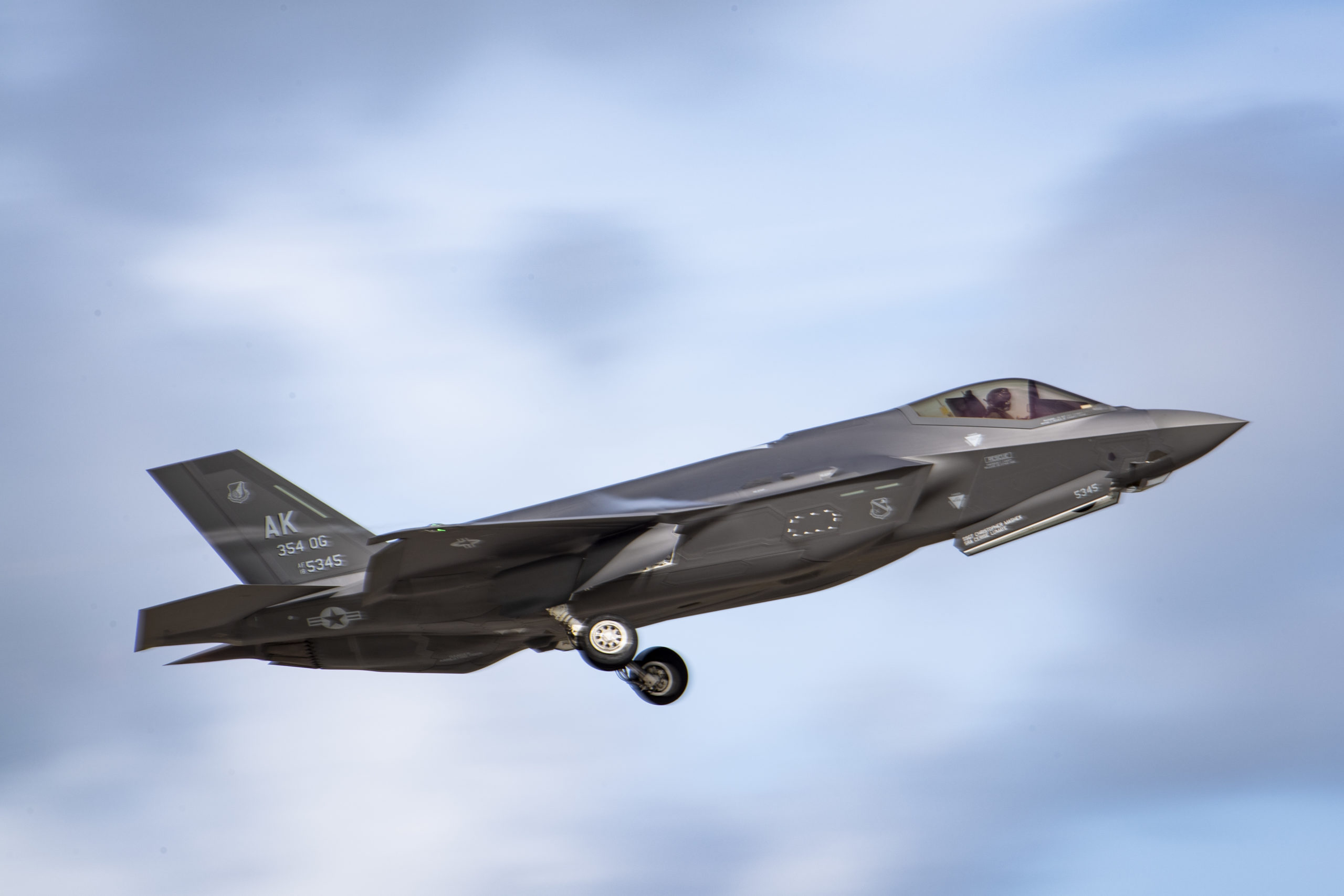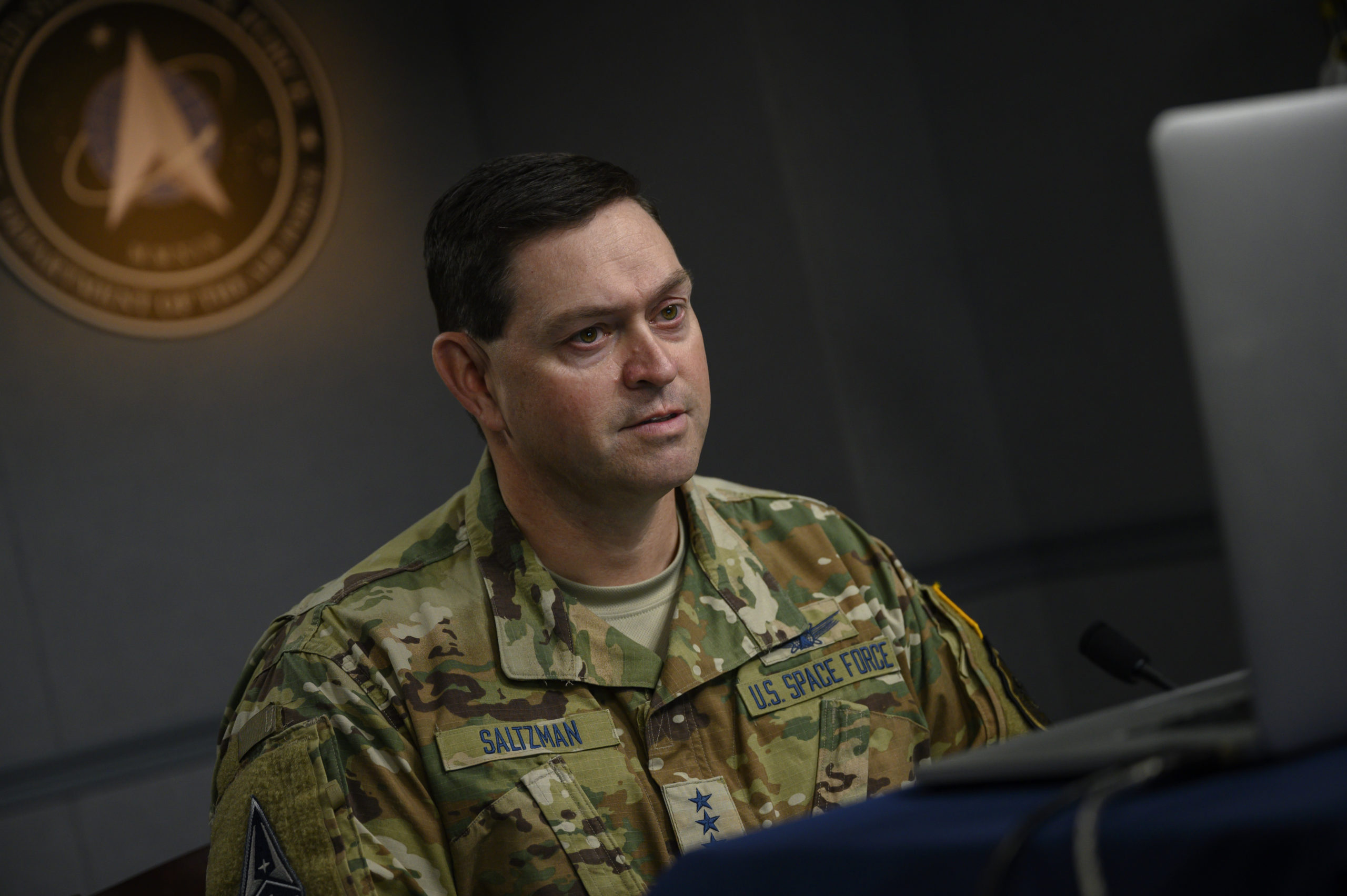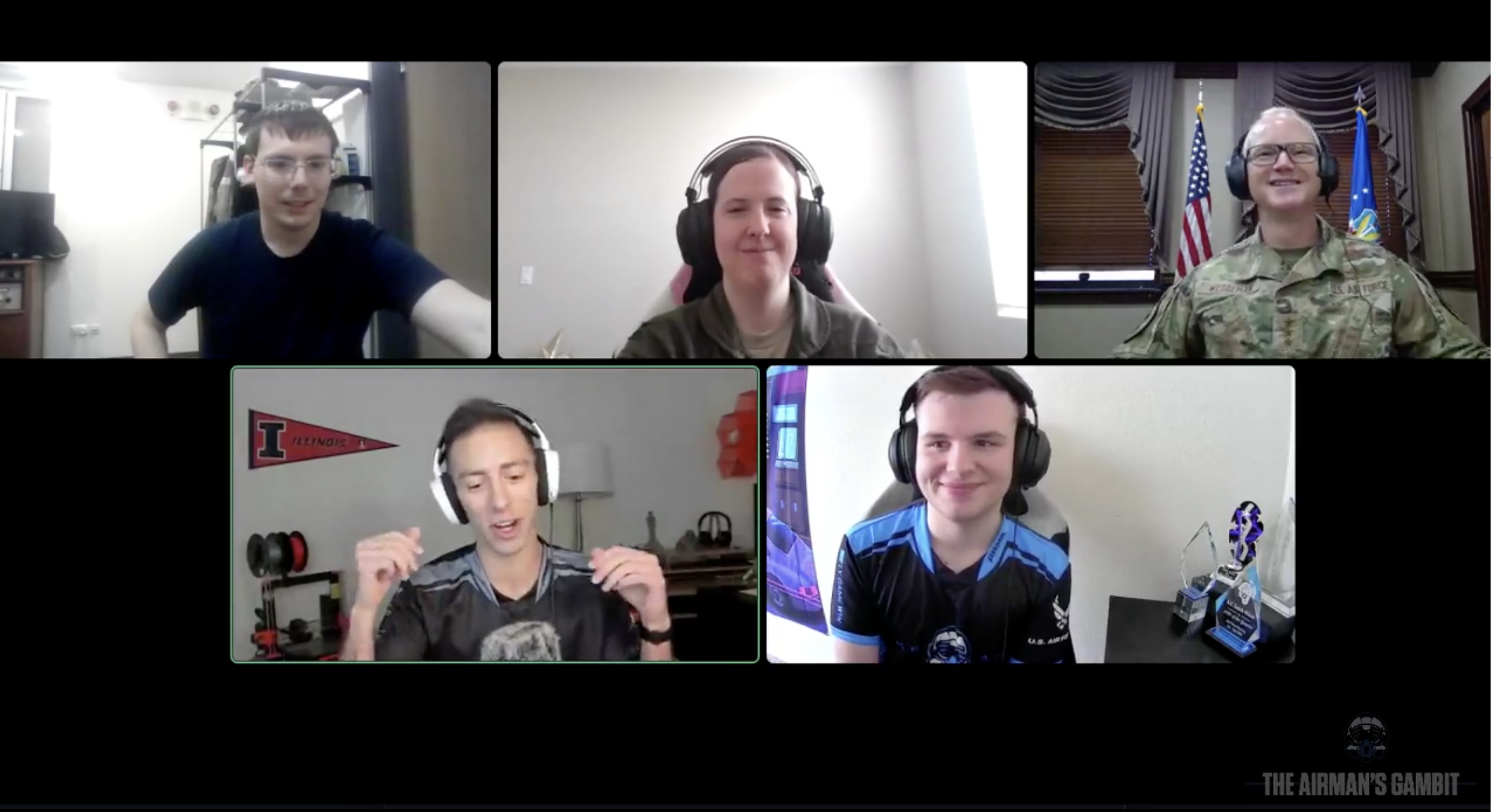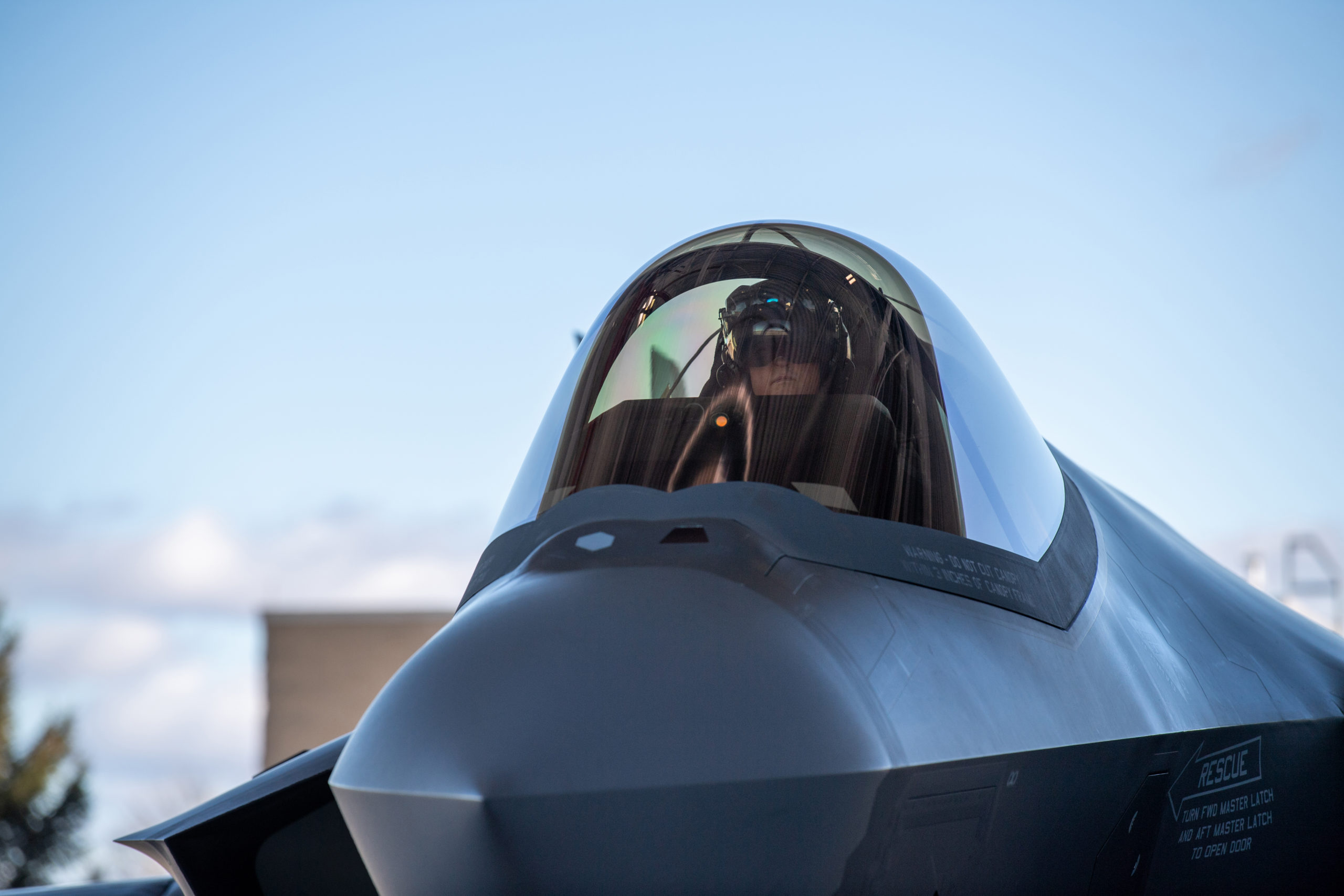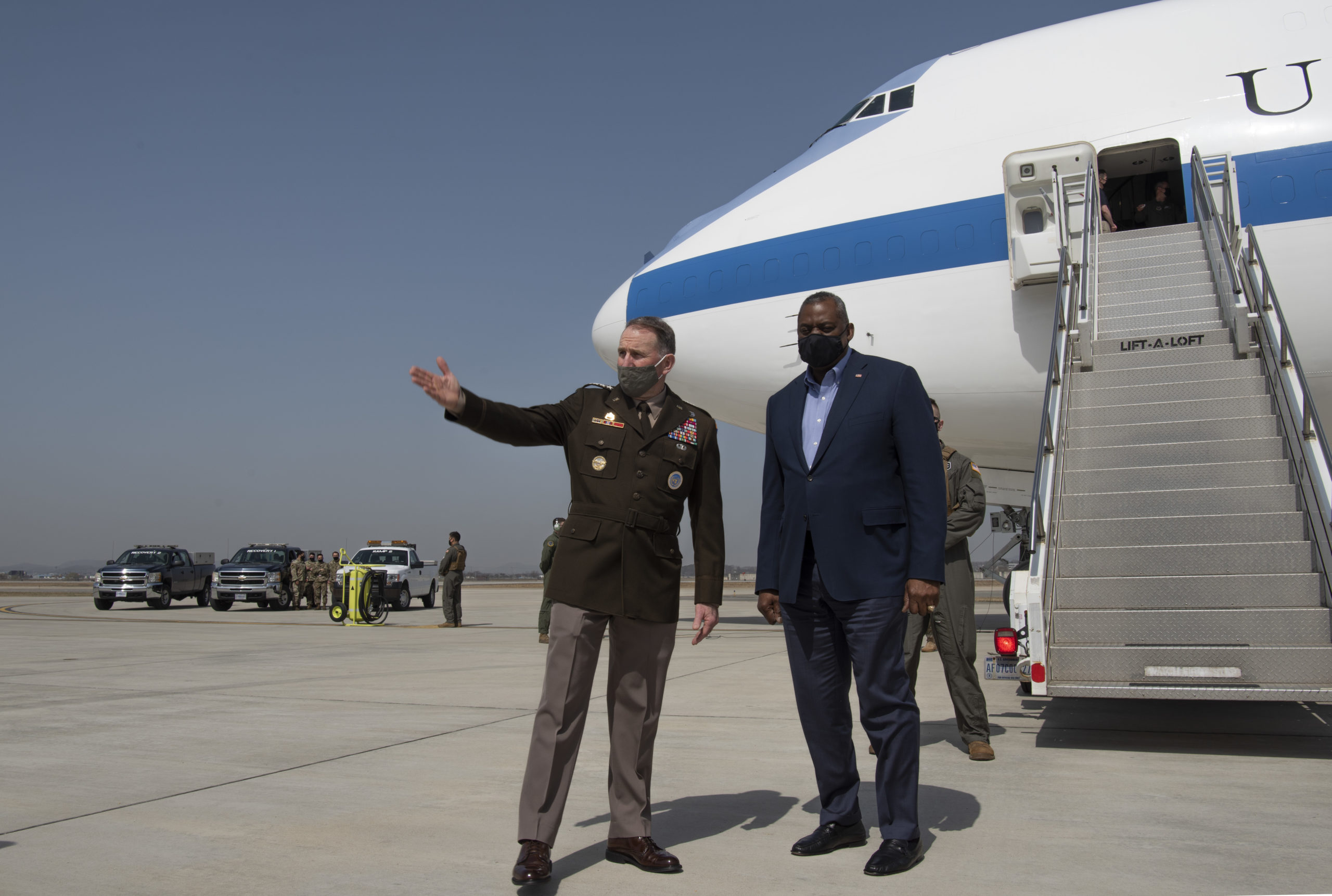Air Force Chief of Staff Gen. Charles Q. Brown Jr. is reinventing the Chief’s reading list, posting an updated library of suggested books, podcasts, and other forms of information instead of a static list.
Brown, in announcing the CSAF Leadership Library, said he wants it to change as “novel ideas are published, recorded, and debated.”
“I am an avid reader and consumer of information, constantly looking for ways to broaden my perspectives and develop myself as a leader,” he wrote in a March 22 memo. “As a learning leader, I’m in constant search for a range of ideas and perspectives that force me to think more broadly and provide me an opportunity to engage in deeper conversations with regards to leadership and world events.”
Brown’s first picks are the books “Lincoln on Leadership” by Donald T. Phillips and “The Infinite Game” by Simon Sinek, the “How Britain Invented, Then Ignored, Blitzkrieg” episode of the “Cautionary Tales” podcast, and the Netflix documentary “The Playbook: A Coach’s Rules for Life.”
“Think deeply about the ideas presented in this Leadership Library, challenge preconceived notions, and find ways to build a better Air Force for today’s Airmen and for those who will follow us,” Brown wrote.
